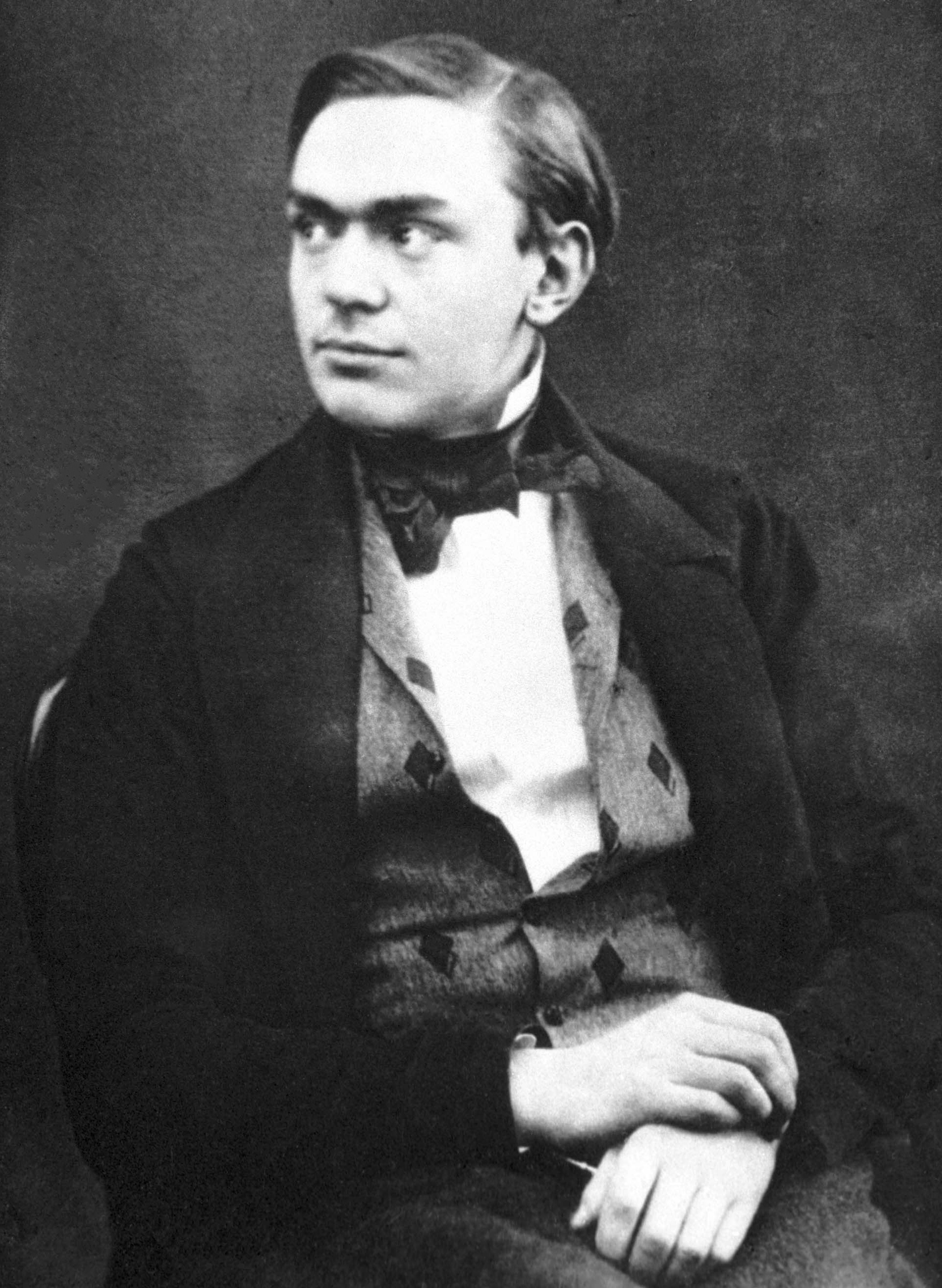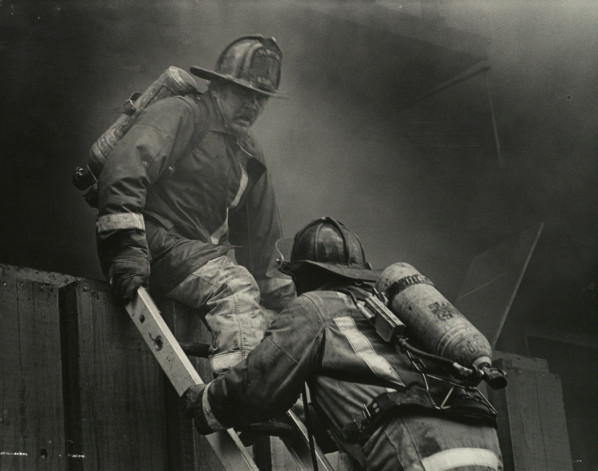|
Arrow–Lind Principle
The Arrow–Lind principle (also Arrow–Lind theorem) states that under certain assumptions, the social cost of the risk moves to zero as the population tends to infinity, so that projects can be evaluated on the basis of expected net benefit alone. Assumptions The theorem has three assumptions: # the government foots all costs initially and only when the benefits are being distributed should it attempt recovery through taxation # the return of the project must be independent of individual income. In case it is not, the risk premium ρ > 0 if they are positively correlated, and ρ < 0 if negatively correlated. # the returns must be spread out over a reasonably large number of individuals Although the returns of public projects are usually very well spread out (highways, schools, hospitals et cetera) it is usually hard to justify the first assumption since the money is almost invariably taken out of the government's revenue stream and hence an individual's income. The theorem ha ... [...More Info...] [...Related Items...] OR: [Wikipedia] [Google] [Baidu] |
Kenneth Arrow
Kenneth Joseph Arrow (August 23, 1921 – February 21, 2017) was an American economist, mathematician and political theorist. He received the John Bates Clark Medal in 1957, and the Nobel Memorial Prize in Economic Sciences in 1972, along with John Hicks. In economics, Arrow was a major figure in postwar neoclassical economic theory. Four of his students (Roger Myerson, Eric Maskin, John Harsanyi, and Michael Spence) went on to become Nobel laureates themselves. His contributions to social choice theory, notably his " impossibility theorem", and his work on general equilibrium analysis are significant. His work in many other areas of economics, including endogenous growth theory and the economics of information, was also foundational. Education and early career Arrow was born on August 23, 1921, in New York City. Arrow's mother, Lilian (Greenberg), was from Iași, Romania, and his father, Harry Arrow, was from nearby Podu Iloaiei. The family was of Romanian-Jewish desc ... [...More Info...] [...Related Items...] OR: [Wikipedia] [Google] [Baidu] |
Sveriges Riksbank Prize In Economic Sciences
The Nobel Memorial Prize in Economic Sciences, officially the Sveriges Riksbank Prize in Economic Sciences in Memory of Alfred Nobel (), commonly referred to as the Nobel Prize in Economics(), is an award in the field of economic sciences administered by the Nobel Foundation, established in 1968 by Sveriges Riksbank (Sweden's central bank) to celebrate its 300th anniversary and in memory of Alfred Nobel. Although the Prize in Economic Sciences was not one of the original five Nobel Prizes established by Alfred Nobel's will, it is considered a member of the Nobel Prize system, and is administered and referred to along with the Nobel Prizes by the Nobel Foundation. Winners of the Prize in Economic Sciences are chosen in a similar manner to and announced alongside the Nobel Prize recipients, and receive the Prize in Economic Sciences at the Nobel Prize Award Ceremony. The laureates of the Prize in Economic Sciences are selected by the Royal Swedish Academy of Sciences, which also ... [...More Info...] [...Related Items...] OR: [Wikipedia] [Google] [Baidu] |
Alfred Nobel
Alfred Bernhard Nobel ( ; ; 21 October 1833 – 10 December 1896) was a Swedish chemist, inventor, engineer, and businessman. He is known for inventing dynamite, as well as having bequeathed his fortune to establish the Nobel Prizes. He also made several other important contributions to science, holding 355 patents during his life. Born into the prominent Nobel family in Stockholm, Nobel displayed an early aptitude for science and learning, particularly in chemistry and languages; he became fluent in six languages and filed his first patent at the age of 24. He embarked on many business ventures with his family, most notably owning the company Bofors, which was an iron and steel producer that he had developed into a major manufacturer of cannons and other armaments. Nobel's most famous invention, dynamite, was an explosive made using nitroglycerin, which was patented in 1867. He further invented gelignite in 1875 and ballistite in 1887. Upon his death, Nobel donated his fortun ... [...More Info...] [...Related Items...] OR: [Wikipedia] [Google] [Baidu] |
Risk Analysis
In simple terms, risk is the possibility of something bad happening. Risk involves uncertainty about the effects/implications of an activity with respect to something that humans value (such as health, well-being, wealth, property or the environment), often focusing on negative, undesirable consequences. Many different definitions have been proposed. One international standard definition of risk is the "effect of uncertainty on objectives". The understanding of risk, the methods of assessment and management, the descriptions of risk and even the definitions of risk differ in different practice areas (business, economics, environment, finance, information technology, health, insurance, safety, security, privacy, etc). This article provides links to more detailed articles on these areas. The international standard for risk management, ISO 31000, provides principles and general guidelines on managing risks faced by organizations. Definitions of risk Oxford English Dictionary ... [...More Info...] [...Related Items...] OR: [Wikipedia] [Google] [Baidu] |


